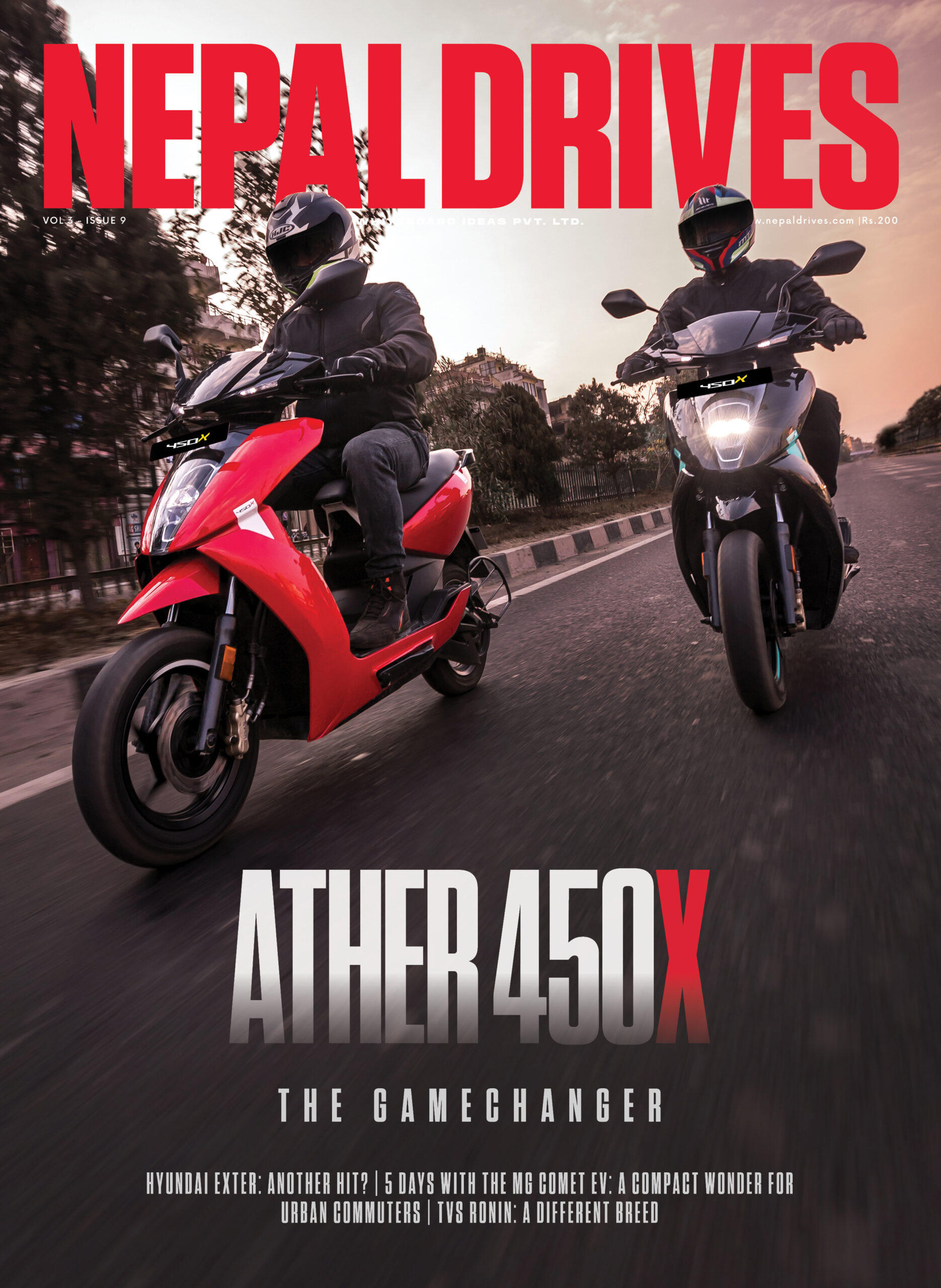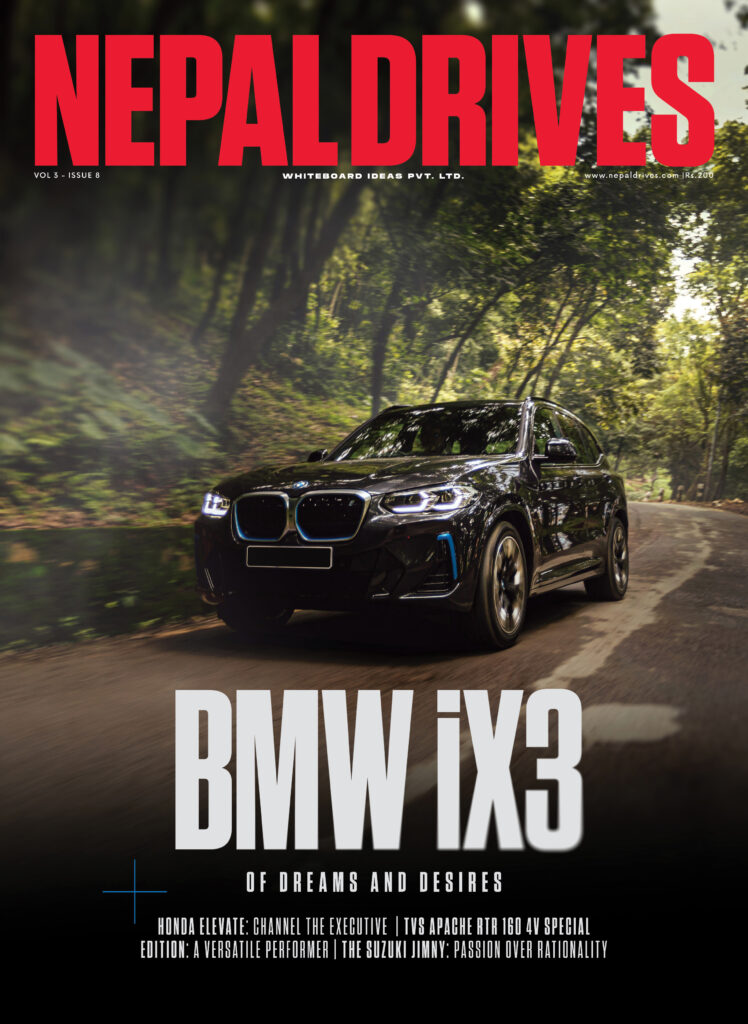Yamaha’s Glorious Racing Heritage: The 1990s – A Decade of Mixed Results
Share



In the 1980s, Yamaha redefined the 500cc class with the ferocious Yamaha YZR500. Yamaha’s racing division surged forward with groundbreaking technology and a cadre of exceptional riders.
In the fourth installment of a six-part series, we’ll read how Yamaha Motor Racing’s performance in the 1990s was characterized by a decade of mixed results in the MotoGP World Championship, featuring notable riders like Wayne Rainey and Norifumi Abe.
While in the 1980s, “King Kenny” Roberts and Eddie Lawson were the 500cc Grand Prix World Championship title-winners for Yamaha, it was Wayne Rainey who took over in the early 1990s.
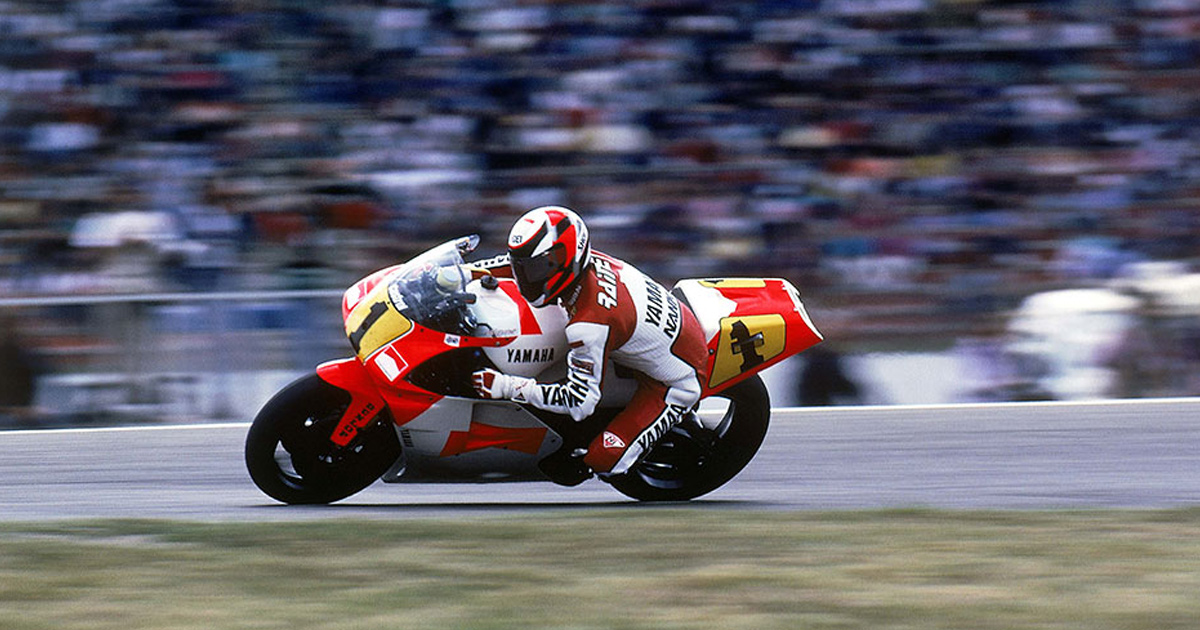
At the same time, major advancements were made with the YZR500 factory machine. Yamaha introduced a data logger on the YZR500 (OWA8) factory bike in 1989, followed by the OWC1 in 1990 with revised dimensions and higher engine output, and then the OWD3 in 1991, which featured a computerized electronic suspension (CES). All these changes contributed to Rainey’s consecutive titles.
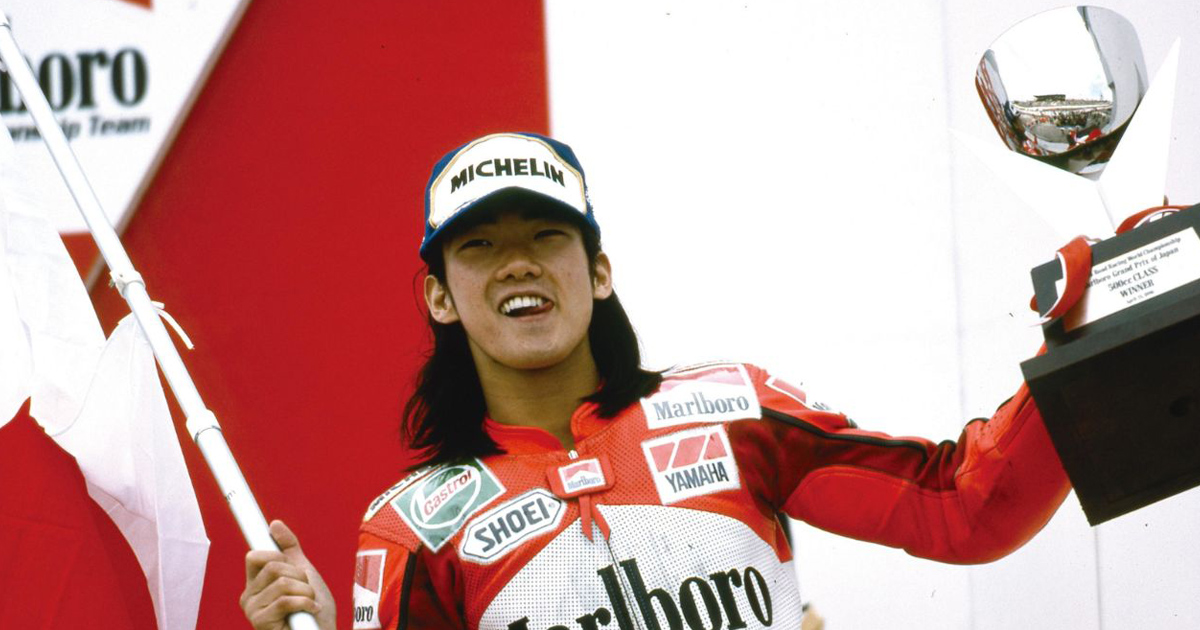 Norifumi “Norick” Abe was overjoyed when he won the 1996 Japanese GP
Norifumi “Norick” Abe was overjoyed when he won the 1996 Japanese GP
As the gap between the factory teams – having the latest high-performance machines and best riders – and privateers – difficulty acquiring production racers or older GP machines – grew steadily, Yamaha began selling the OWC1’s engine and leased completely new bikes to some teams in 1992. This resulted in 23 Yamaha-powered bikes on the starting grid, including the OWE0 with the latest specs, older YZR500s, and privately built machinery, mounted with YZR500 engines. Although Yamaha did not win the constructors’ title that year, Wayne Rainey claimed the riders’ title for a third consecutive time.
From 1996 and the following years, the likes of Norifumi “Norick” Abe and Massimiliano “Max” Biaggi consistently featured highly in the championship, riding further evolved YZR500s that featured powder metallurgy pistons, revised V-bank angle, drive-axle position, and other innovations. However, they were unable to prevent the competition from taking the championship titles. It would take respectively six and eleven seasons before Yamaha won the constructors’ and riders’ title again in the 500cc Grand Prix World Championship.
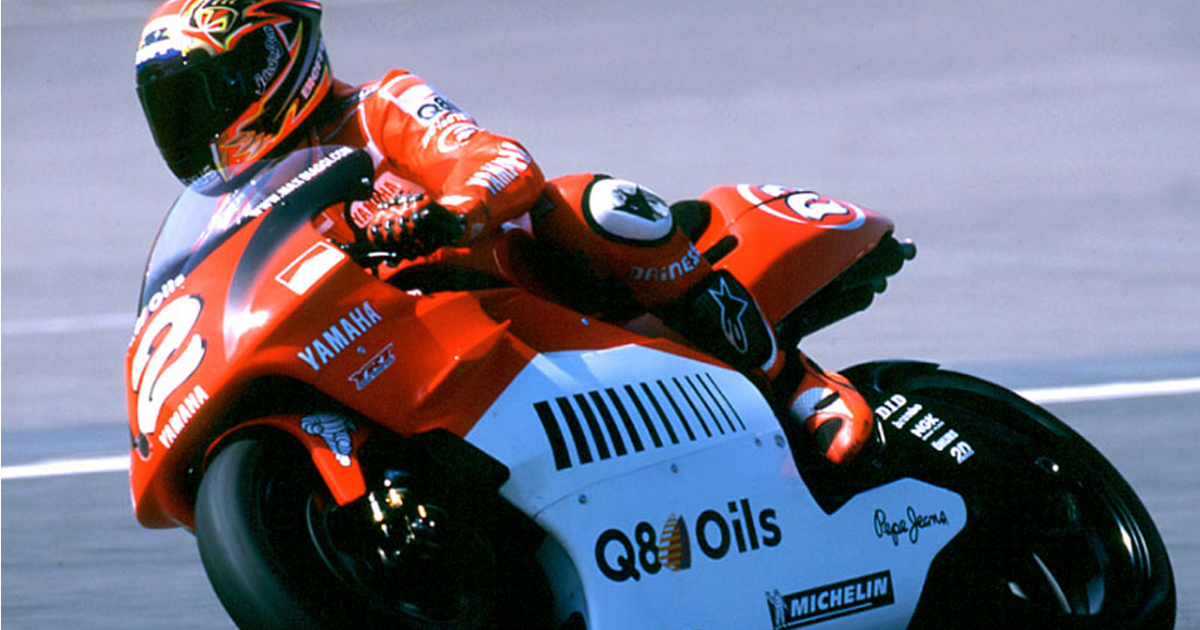 Max Biaggi riding the YZR500 in 1999
Max Biaggi riding the YZR500 in 1999
The 1997 and ‘98 seasons were something of a rough patch for Yamaha. After Italian racer Loris Capirossi won the final round of 1996 in Australia, the YZR500 went 22 rounds without a victory. Of the 15 rounds in 1997, Luca Cadalora took four podium finishes and Abe one, for a total of five podiums and no wins. It was the most lacklustre season Yamaha had experienced since the beginning 500cc competition.
At the end of the 1990s, Yamaha introduced the 4-stroke YZF-R7 to replace the YZF750, gaining valuable experience and data for the development of a 4-stroke engine for use in the 500cc Grand Prix World Championship.
The 1990s – A Decade of Mixed Results
1990: Yamaha wins both 500 and 250cc class championships
1992: Yamaha becomes engine supplier for 500cc class
1995: Yamaha unable to regain title
1996: First-time wins for Norifumi Abe and Louis Capirossi
1998: Yamaha takes first 500cc win in 22 races
1999: Biaggi and Checa join Yamaha camp
Stay tuned for more thrilling chapters in Yamaha’s racing history!
Source information and imagery: Yamaha



